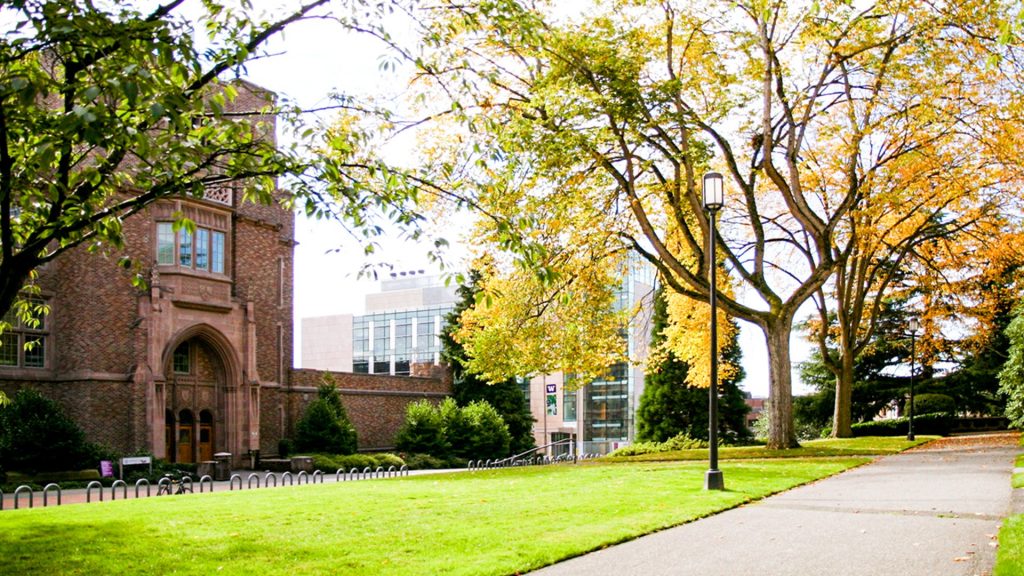Businesses frequently seek to employ students either pursuing studies or following graduation from a U.S. college or university.
Any student who plans to work on or off campus must have maintained valid student status (i.e. enrolled full-time) and, in some cases, must have completed at least one full academic year since arrival in the U.S.
For on-campus employment, students may generally work up to 20 hours per week when school is in session and full-time during holiday and vacation periods. Aside from such on-campus employment, the F-1 regulations provide for three main types of employment authorization:
Curricular practical training
CPT is authorized by the student’s college or university Designated School Official (DSO) on Form I-20. The position must be relative to the student’s degree program. CPT refers to programs that are “an integral part of an established curriculum.” Students enrolled in a college, university, conservatory or seminary are eligible to apply to the DSO for authorization to participate in a curricular practical training program.
The training must be either an alternate work-study, an internship, cooperative education or any other type of required internship or practicum that is offered by a sponsoring employer through a cooperative agreement with the school. A student may engage in part-time (20 hours or less) or full-time (more than 20 hours) employment.
A student may only work full-time during the summer and official school holidays. Students are not limited in the amount of CPT in which they may participate; however, a student who has engaged in one year of full-time curricular practical training is ineligible to participate in post-completion OPT.
Optional practical training
OPT may be authorized only in an occupation that is directly related to the student’s major area of study. Students in English language, elementary or secondary programs are ineligible for all types of practical training.
Generally, the total period of such authorization cannot exceed 12 months, with limited exceptions. To obtain authorized post-completion OPT, the F-1 student must apply to U.S. Citizenship and Immigration Services (USCIS), which may impose a significant delay in authorization to begin employment. Students contemplating such employment authorization prior to graduation should apply as soon as possible.
Any period of pre-completion OPT will count toward the total 12 months of practical training allowed. Part-time practical training, i.e., training that does not exceed 20 hours per week, will be deducted from the available optional practical training at one half the full-time rate.
Transfer to another school automatically terminates authorization of practical training employment.
Practical training extension optional for STEM students (STEM OPT)
The Department of Homeland Security (DHS) published a final rule on March 11, 2016 permitting certain F-1 students who meet specified requirements including an earned degree in science, technology, engineering and mathematics (STEM) to apply for a 24-month extension of their post-completion OPT. STEM OPT employers are required to fulfill reporting measures to assist in tracking of STEM OPT students and their practical training progress. Employer reporting requirements include the Form I-983, material changes to employment, evaluation on student progress and/or loss of employment.
In order to hire STEM OPT F-1 students, employers are required to participate in E-Verify. The duties, hours and compensation of such students must be commensurate with those offered to similarly situated U.S. workers employed in the same area of employment.
Severe economic hardship
USCIS allows off-campus employment authorization based on an F-1 student’s urgent financial need. The regulation authorizes the student to seek approval for part-time off-campus employment after they have been in good academic standing for at least one academic year.
In addition, the student must carry a full course of study. The student cannot work more than 20 hours a week when school is in session but can work full time during the holidays or school vacations. The request for such employment must be based on severe economic hardship caused by “unforeseen circumstances beyond the student’s control.”
Suggested circumstances that might create severe economic hardship include:
- Loss of financial aid
- Loss of on-campus employment (through no fault of the student)
- Substantial fluctuations in the value of currency or exchange rate
- Inordinate increases in tuition and/or living costs
- Unexpected changes in the financial condition of the student’s source of support
- Medical bills
- Other unexpected and substantial expenses
As a prerequisite to an economic hardship application, the student must first make a good-faith effort to obtain employment on-campus. If on-campus work is insufficient or unavailable, the DSO must complete certification electronically through the U.S. Immigration Custom Enforcement program, SEVIS.
Students then submit a SEVIS Form I-20 with the employment page that reflects the DSO’s comments and certification with Form I-765 (employment authorization document) and the prevailing government fees to the USCIS office with jurisdiction over his or her place of residence.
The student should also submit any supporting materials, such as affidavits, giving further details justifying the request and the unavailability of on-campus work. If the application is granted, USCIS will issue an employment authorization document (EAD). The student may not begin working prior to issuance of the EAD.

